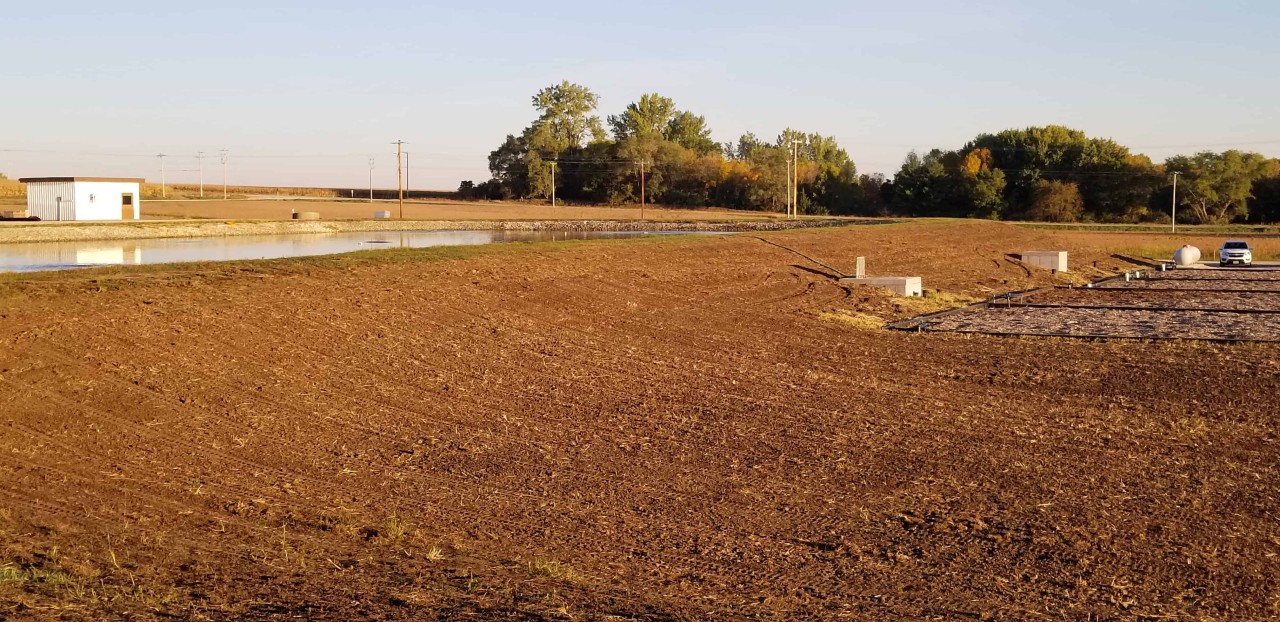Effective Nutrient Removal In Small Wastewater Treatment Plants
Safeguarding a community's health is important. Effluent discharge from publicly owned treatment works (POTWs) can cause major damage, so municipalities must remain vigilant to identify and eliminate threats to their water systems.
When nutrient-rich waste streams into aquatic ecosystems, excess nitrogen and phosphorus increase the growth of microorganisms. This nutrient injection sets off a chain reaction of harmful algal blooms, fish kills, dead zones and eutrophication.
Wastewater treatment plants combat this issue through effective nutrient removal treatment processes. However, they typically do not reduce the total nitrogen (TN) and total phosphorus (TP) to a safe level that protects the receiving waters.
Regardless of the scale of the water treatment operation or the size of the budget, adopting new technologies is challenging for municipalities everywhere. Partner with an experienced team of wastewater engineers to determine suitable nutrient removal methods and optimize them to comply with the TN and TP limits.
Nutrient removal in small wastewater treatment plants
Conventional TN and TP management processes are energy-intensive and expensive. Fixed nitrogen is converted to nitrogen gas through biological nitrification/denitrification, and phosphorus is removed by microbial biomass or chemical precipitation. The resulting biosolids contain high nutrient concentrations and must be managed to prevent soil and groundwater contamination.
The following table highlights a few technologies for nutrient removal.
Small communities generally require technology that is easier to operate. MBBR and other equivalent fixed-film processes are the most popular because of that reason. MBRs and SBRs are more complex and require an advanced understanding of wastewater treatment.
Cost is a key factor in determining which nutrient removal methods work best in small wastewater treatment plants. Fixed film processes are generally the most economical, which is why they are commonly used for effective nutrient removal in these plants. SBRs have a cost benefit because of the reduced tank volume needed for solids separation. However, this cost-saving is traded for higher operational complexity.
Partnering with Fehr Graham for effective nutrient removal
Small wastewater treatment plants have unique nutrient removal challenges that need custom solutions. At Fehr Graham, we are a team of wastewater engineers committed to helping small communities achieve effective wastewater treatment to protect the environment and public health. From planning retrofits to developing custom nutrient removal strategies, we ensure your community's local POTW complies with effluent limits.
To learn how Fehr Graham can help you monitor water quality parameters for wastewater, contact us or give us a call at 217.352.7688.
 |
Matthew Johnson is a Professional Engineer and Structural Engineer with comprehensive experience leading water and wastewater infrastructure projects. As one of the firm’s owners, he works with clients to find solutions that best meet their needs. Matthew’s a firm believer that one size (or solution) does not fit all, so he listens to clients to help them get the outcome that’s best for their situation. He has a knack for explaining complex situations in easy-to-understand ways so clients can make the best decisions. He can be reached at |
Collaborative, Insightful, Results-Driven Solutions
Fehr Graham provides innovative engineering and environmental solutions to help improve the lives and communities of our customers.

